
Air conditioner leaks water, don't rush to call poetry to waste money. Just do it this way.

Air Conditioner Leaking Water: Causes and Effective Solutions
When your air conditioner starts leaking water, it doesn’t just reduce cooling efficiency — it can also create damp conditions that lead to mold growth, unpleasant odors, and damage to walls or furniture. Understanding the causes behind this issue will help you address it promptly and prevent future problems.
Common Causes of Water Leakage in the Indoor Unit
The indoor unit (often called the evaporator or cooling block) is designed to absorb heat and expel moisture. When water leaks from this part of the system, it’s a clear sign that something isn’t working as it should. Below are the most common reasons this happens.
1. Dust Buildup and Poor Maintenance
Over time, dust and dirt accumulate inside the air conditioner — particularly around the drain pan and drain pipe. When these components become clogged, water cannot flow properly through the drain line. Instead of being expelled outside, the water backs up and starts dripping from the indoor unit.
👉 Tip: You should clean your air conditioner every 3–6 months, especially before summer. Remove and wash the air filters, wipe the coil fins, and ensure the drain pipe is clear of obstructions.
2. Incorrect Installation
Improper installation is another major reason for water leakage. If the drain pipe is tilted in the wrong direction, too short, or installed above the indoor unit, the condensate water cannot flow out smoothly. In this case, gravity works against the system, causing water to pool and leak inside your home.
For example, if the drain hose is bent upward or installed without a downward slope, condensation will collect inside and overflow.
3. Clogged or Damaged Drain Tray
Inside every air conditioner, there is a small drain tray (or pan) that channels condensation to the drain pipe. When this tray becomes clogged with debris, algae, or mold—or if it cracks—the water will stagnate instead of draining. Eventually, it leaks through openings in the cooling block or onto your wall.
👉 Maintenance tip: During cleaning, pour a small amount of diluted bleach or vinegar into the drain pan to disinfect and prevent mold buildup.
4. Cracks in the Unit
During installation or maintenance, internal plastic components or pipe joints may crack or loosen. Even small cracks can cause condensation to escape and drip from the unit. This issue is more common in older air conditioners or units that have been moved frequently.
If you notice unusual dripping patterns or water collecting in areas it shouldn’t, it’s best to have a technician inspect the structure of your unit.
5. Low Refrigerant (Gas) Levels
When the refrigerant level is too low, the evaporator coil can freeze during operation. Once the system stops, the ice melts, causing excess water to overflow from the drain pan. This not only leads to water leakage but also reduces the cooling efficiency of the air conditioner.
Signs of low refrigerant include weak cooling, hissing sounds, or visible ice on the coil. In this case, you’ll need a qualified technician to refill the gas and check for leaks.
Water Leakage from the Outdoor Unit
Sometimes, homeowners notice water dripping from the outdoor compressor unit. While a small amount of condensation is normal, continuous or excessive leakage can indicate installation issues or aging pipes.
If the drain hose connection is loose or the pipe is cracked, water may leak out. Similarly, if cold air escapes due to poor sealing, condensation can form around the block and drip down.
How to Fix and Prevent Air Conditioner Water Leaks
You can prevent most leakage problems with regular inspection and maintenance. Here are a few key steps:
-
Clean the air conditioner regularly.
Remove the filter and wash it with mild soap and water. Use a soft brush to clean the coil and surrounding areas. -
Check the drain tray and pipe.
Make sure the tray is not cracked and that the pipe is sloped downward properly. Use a pressure pump or compressed air to flush out dirt and debris. -
Inspect for cracks or loose joints.
Tighten any loose fittings and replace damaged plastic parts as soon as possible. -
Schedule professional maintenance.
If you’ve tried the above steps and the unit still leaks, contact a certified technician. They can check the refrigerant pressure, repair structural issues, and ensure proper insulation and drainage.
Final Thoughts
A leaking air conditioner is more than just a nuisance — it’s a warning that your cooling system needs attention. Regular cleaning, proper installation, and timely servicing can extend your air conditioner’s lifespan, improve air quality, and keep your home comfortable and dry all year round.
News in the same category

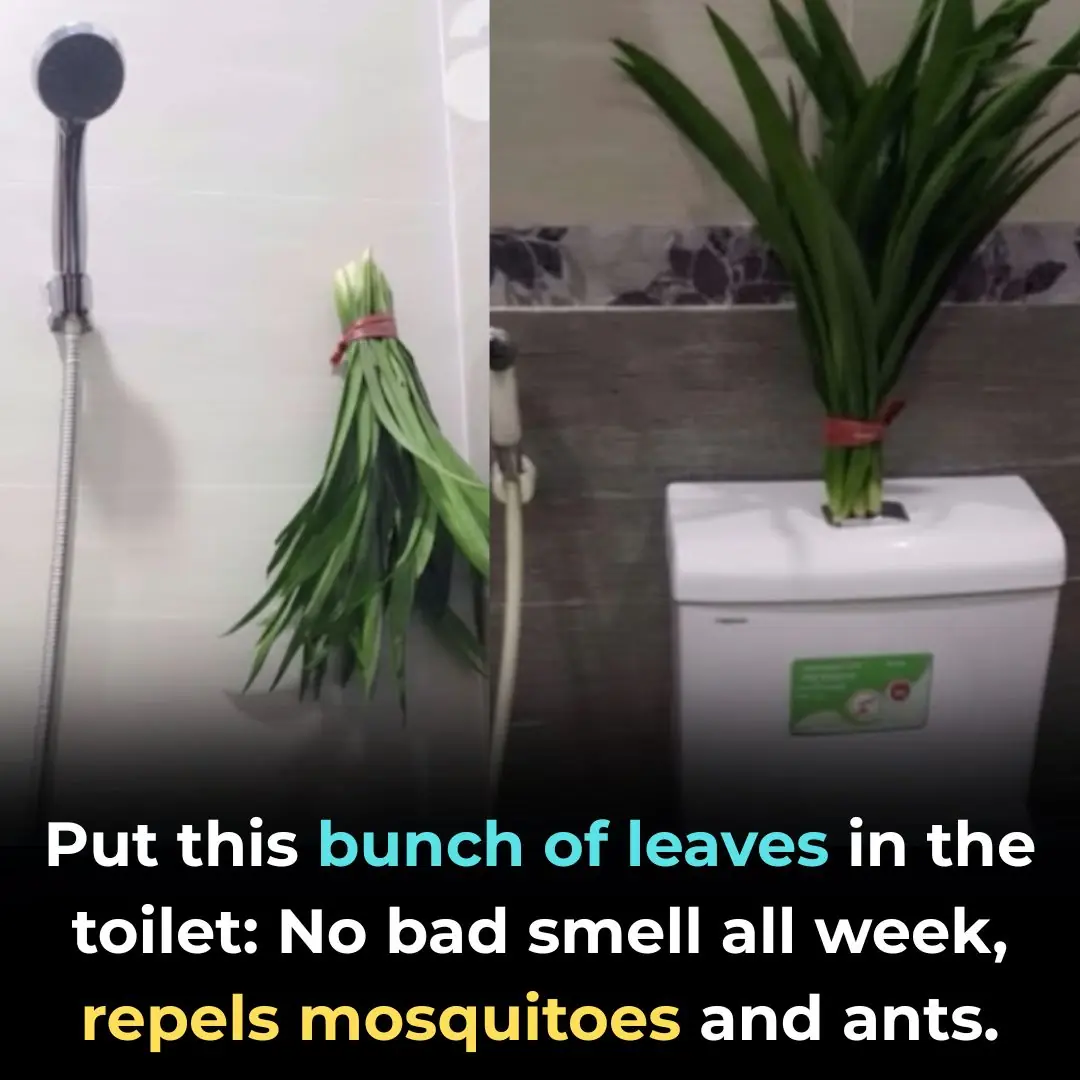
Put this bunch of leaves in the toilet: No bad smell all week, repels mosquitoes and ants.

Great tip to help clams release sand in a snap: No need to soak for long, still clean
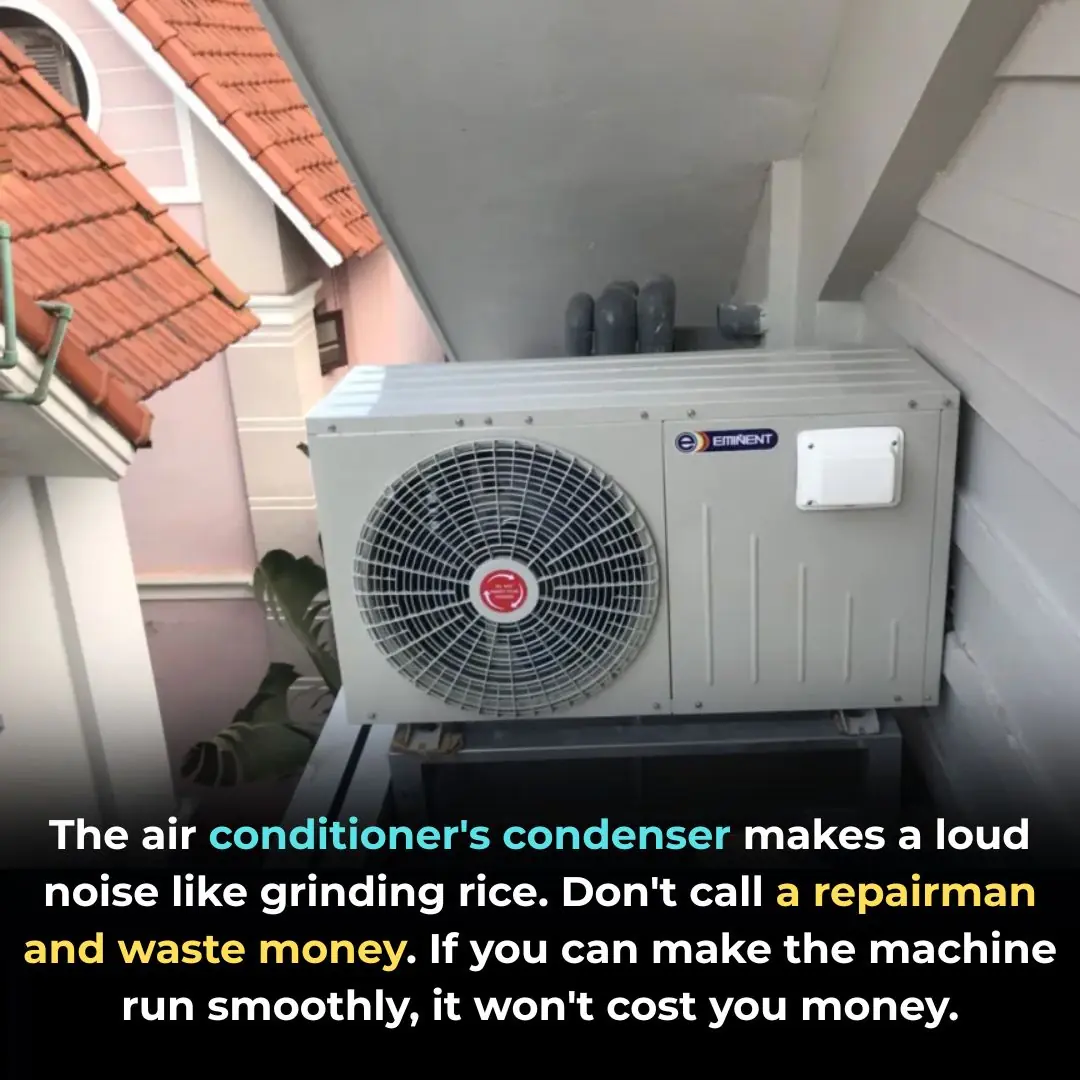
The air conditioner's condenser makes a loud noise like grinding rice. Don't call a repairman and waste money. If you can make the machine run smoothly, it won't cost you money.

Whether you stock fish big or small, remember to add this fruit: The fish will no longer smell fishy, and it will be rich in fiber and nutrients.
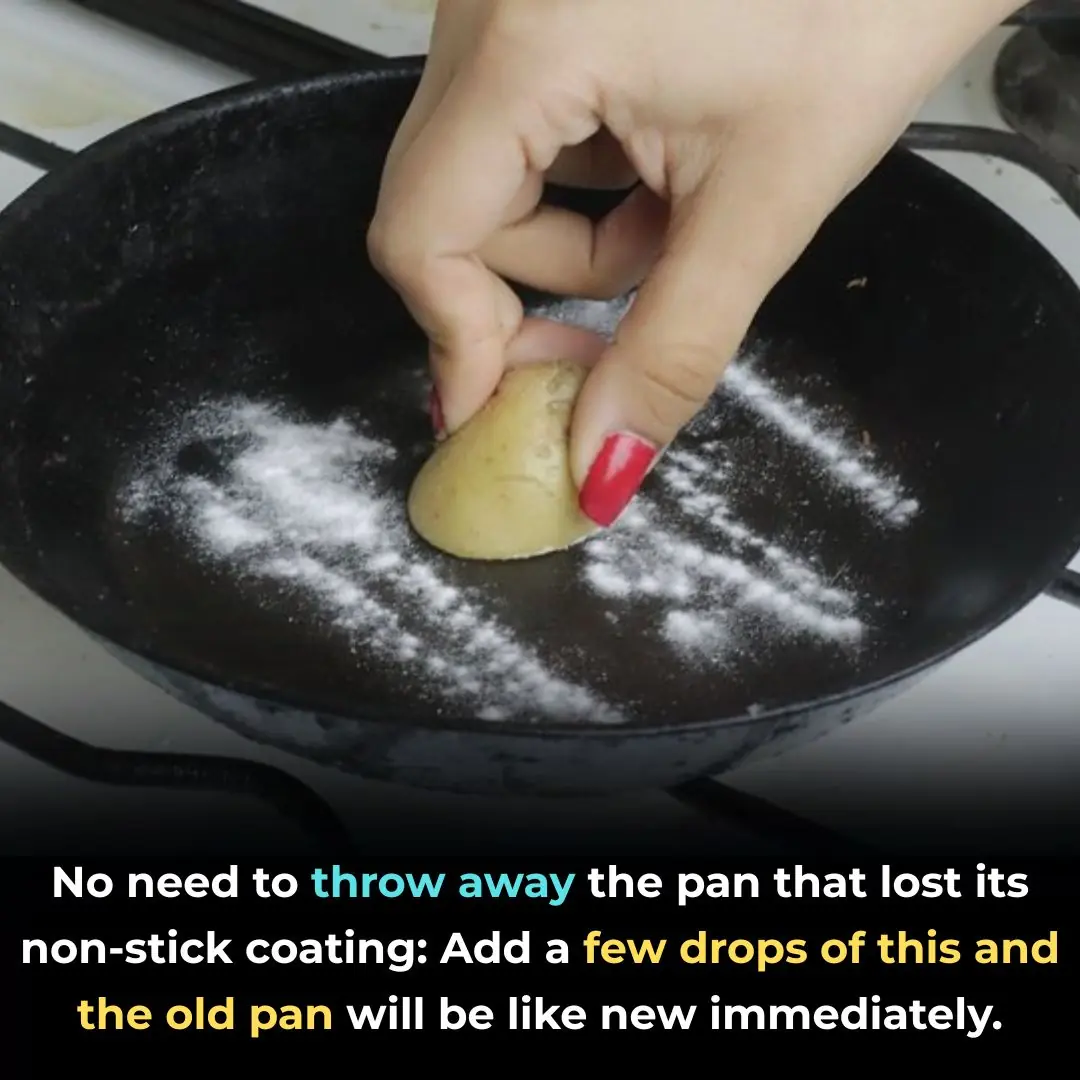
No need to throw away the pan that lost its non-stick coating: Add a few drops of this and the old pan will be like new immediately.
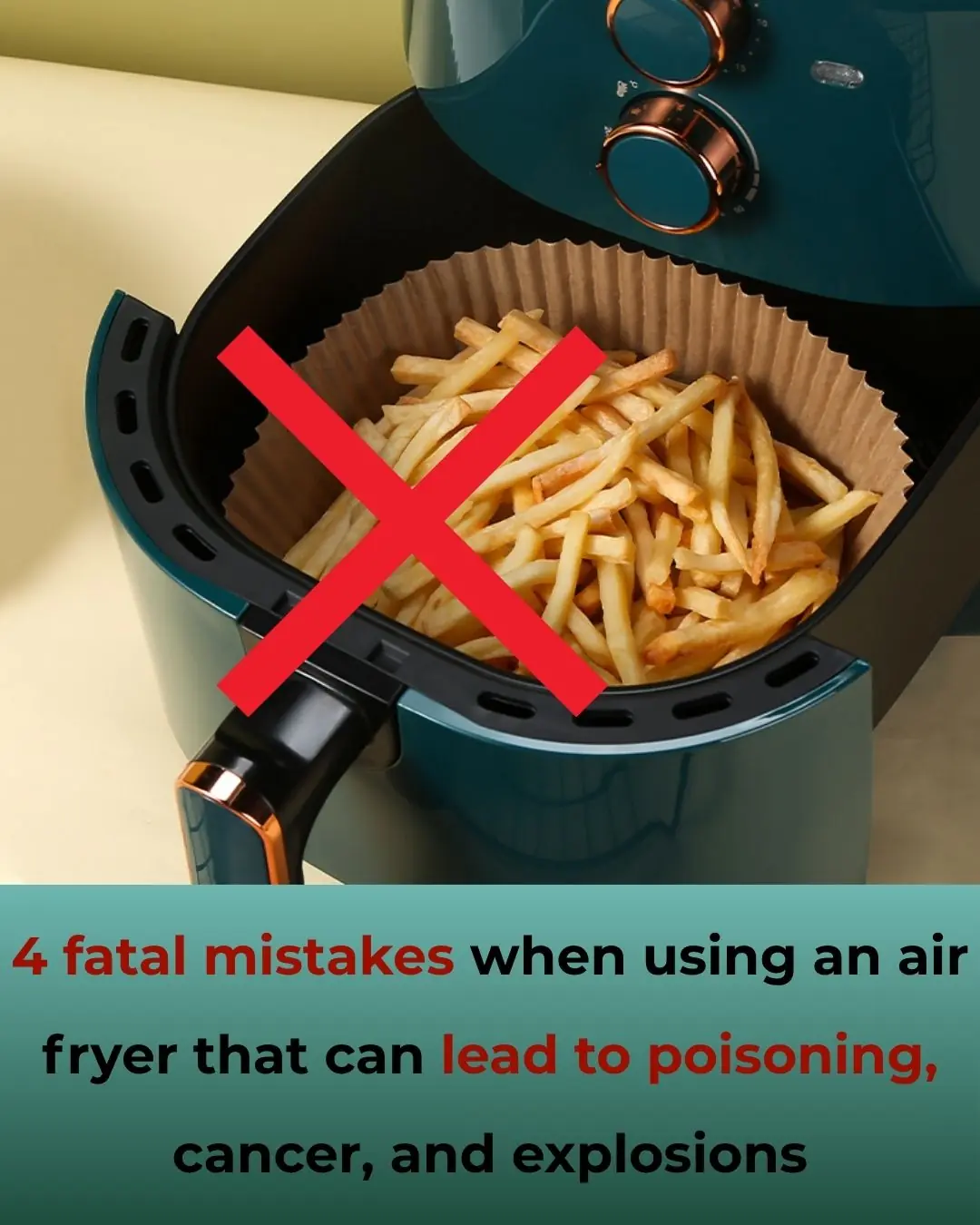
4 Dangerous Mistakes When Using an Air Fryer That Can Lead to Poisoning, Cancer, and Even Fires

The Secret of Our Hand to Show RICH or POOR…

Bananas that are ripe and turn black are thought to be thrown away, but unexpectedly are a nutritional "treasure" that few people know about
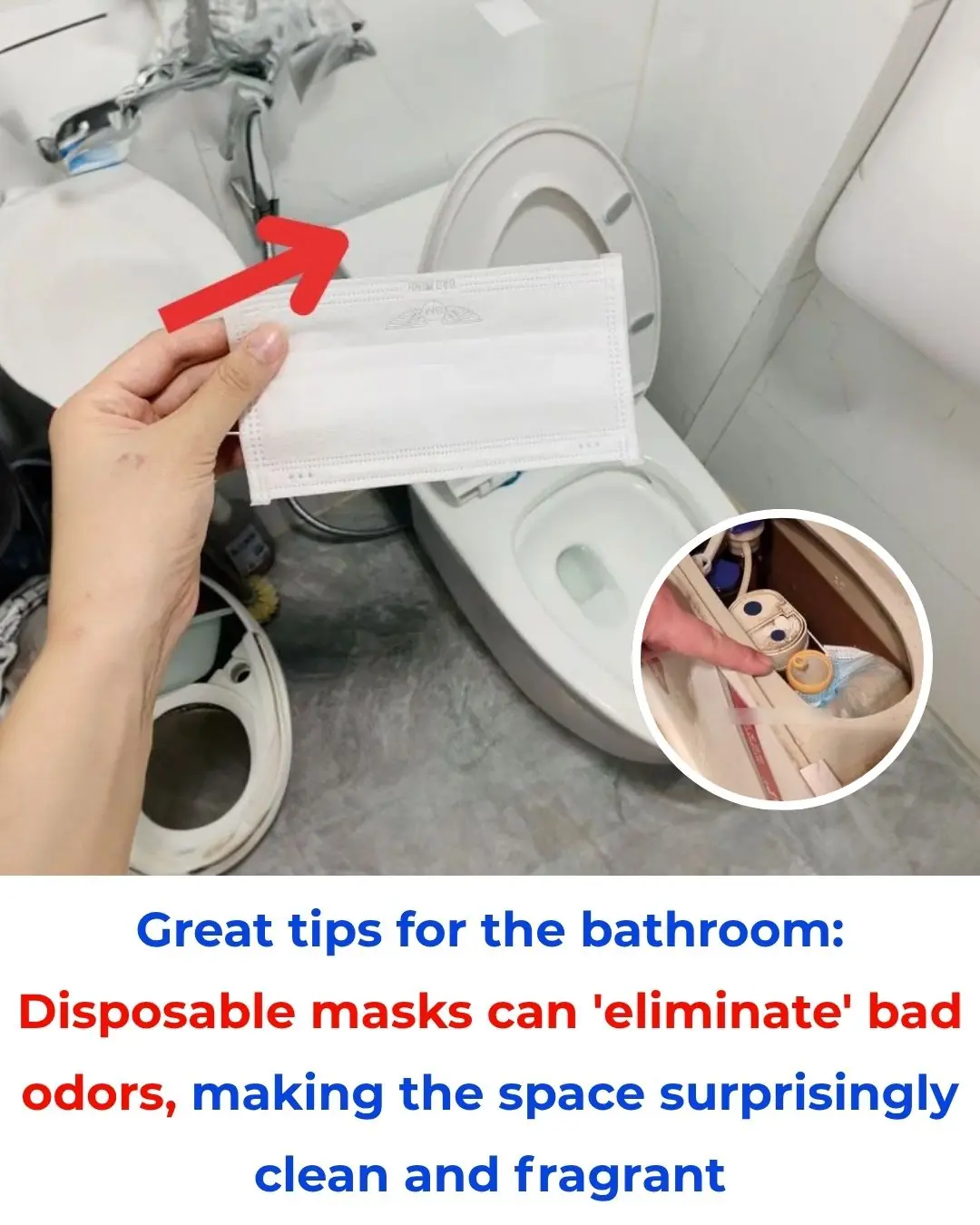
Great tips for the bathroom: Disposable masks can 'eliminate' bad odors, making the space surprisingly clean and fragrant

Save this for when you need it: How to cure 46 diseases with medicine-free tips

Why do gourmets always choose places with lots of leftover tissues when eating out?

Don't throw away leftover lemon peels in the kitchen, keep them for 5 great benefits

We were wrong to gradually move away from lard

Insert a cotton swab into a bottle of essential oil and place it anywhere for good results.
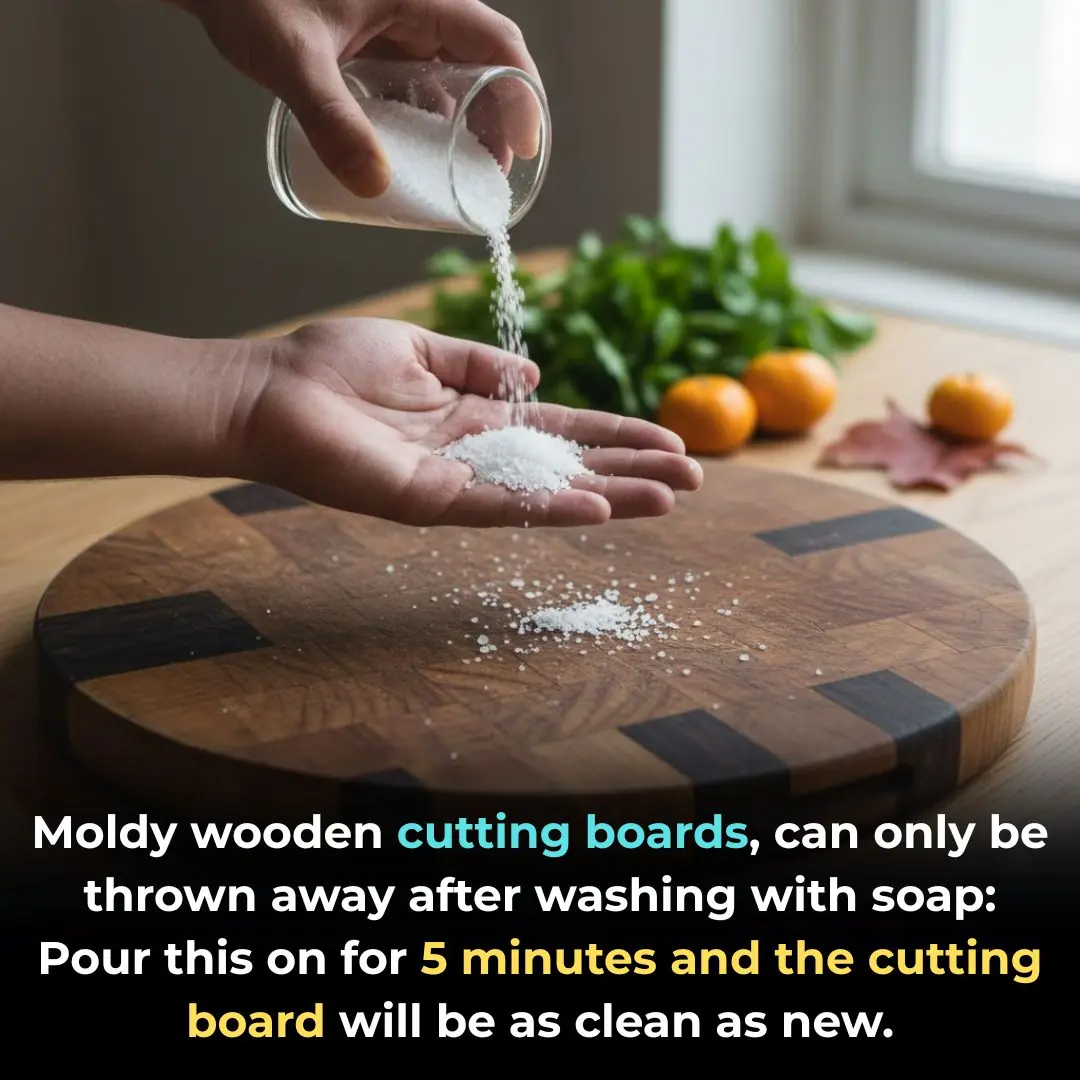
Moldy wooden cutting boards, can only be thrown away after washing with soap: Pour this on for 5 minutes and the cutting board will be as clean as new.

WARNING: Fake milk is spreading, how to distinguish REAL - FAKE powdered milk simply with just 1 cup of cold water

When frying eggs, don't just put green onions in. Learn from the Japanese and add this. It's both delicious and effective in preventing cancer.
News Post

‘Start Talking Like This, They Lost Their Hunger ‘: Bills Fans Panic. Slumping Josh Allen Says Wife Hailee Steinfeld Taught Him He’s More Than A NFL Player

Husband Sings Passionate Rendition of Al Green’s Let’s Stay Together for Wife’s Birthday
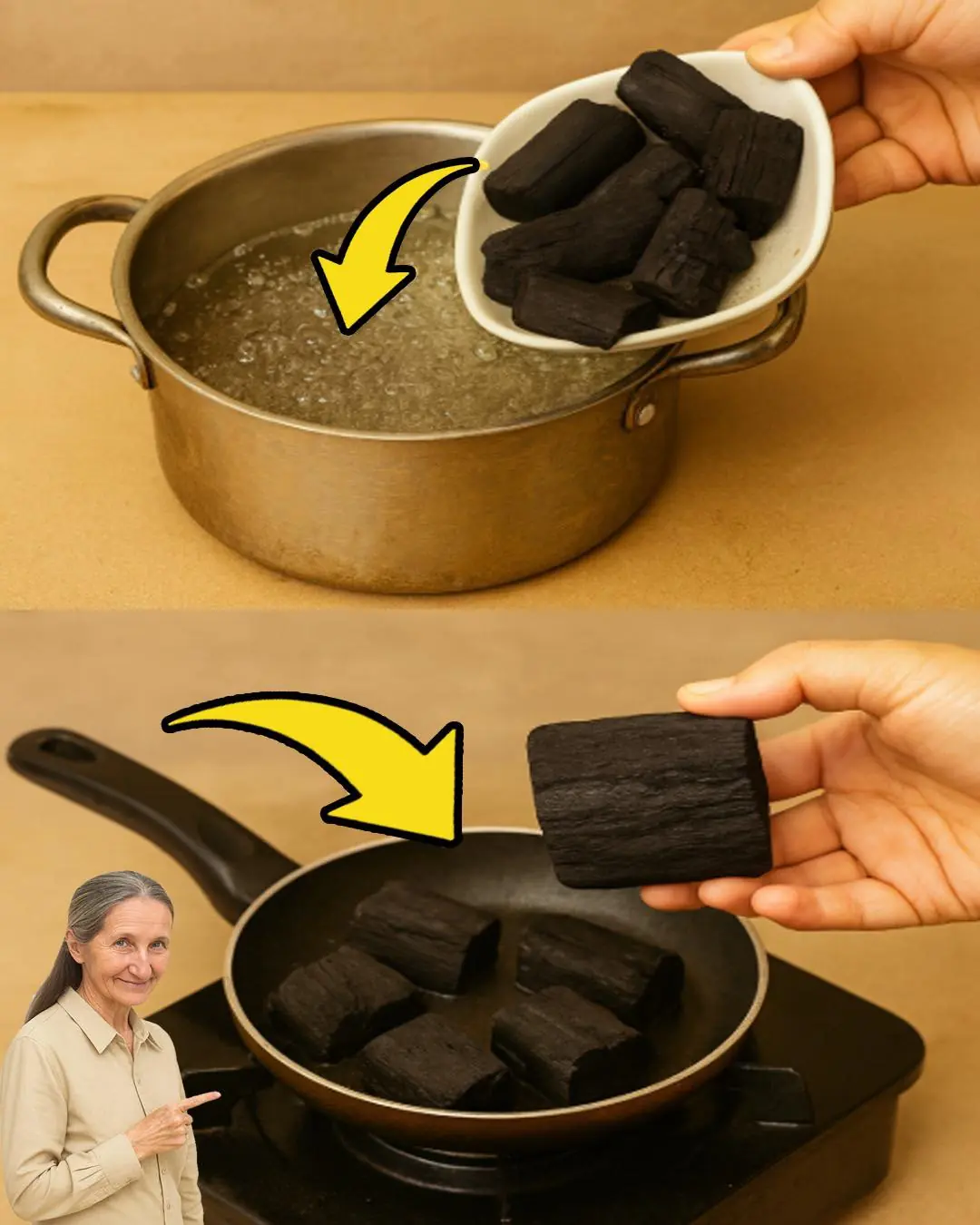
DIY Survival Water Filter – How to Make Clean Drinking Water Anywhere

Red Onion for Hair Growth: How This Overlooked Natural Remedy Can Stop Hair Fall and Boost Thickness Fast
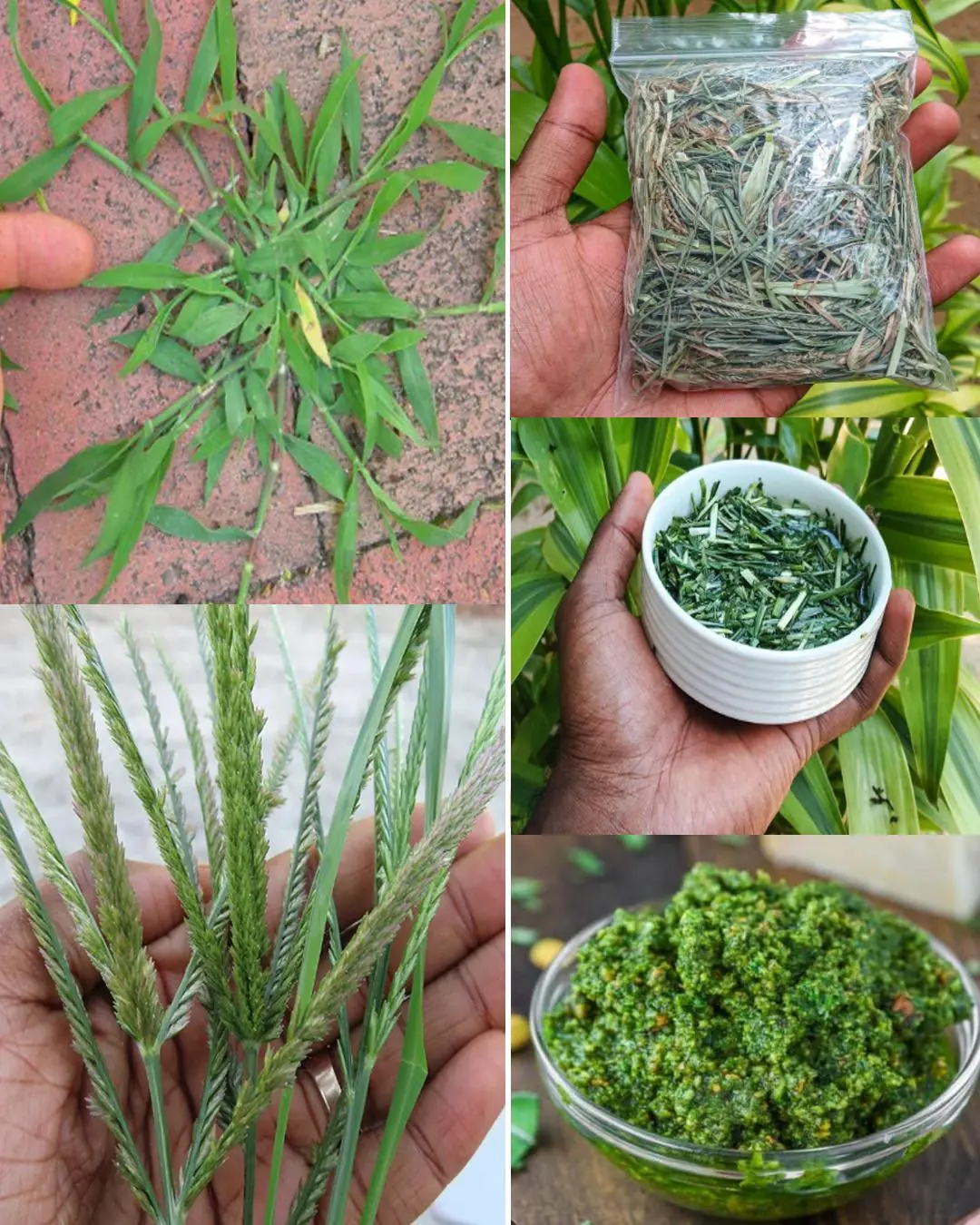
7 Key things about Crabgrass

The Gentle Lion Who Just Wanted a Hug.

The Night Japanese Fans Taught the World a Lesson in Respect.

Siam Weed: A powerful remedy for multiple ailments

New Research Finds a Way to Treat Late-Stage Cancer—Bringing Hope to Millions

Strokes and heart attacks don’t give warnings. But this could help you fight back—before it’s too late

From Milk Bottles to Mud Baths: The Remarkable Journey of Raising a Baby Elephant.

The Mail Carrier Who Delivered a Second Chance.

A Small Act of Kindness That Touched Everyone’s Heart.

A Love That Refuses to Give Up.

A $5 Lesson in Kindness That Changed a Father’s Heart.

A Moment Between Life and Instinct: The Cheetah and the Newborn Gazelle.

Do Elephants Have Personalities? A Student’s Heartfelt Study Reveals the Souls Behind the Giants.

A Child’s Cry, An Officer’s Instinct.

The Biker and the Cop: A Reunion After 31 Years.
